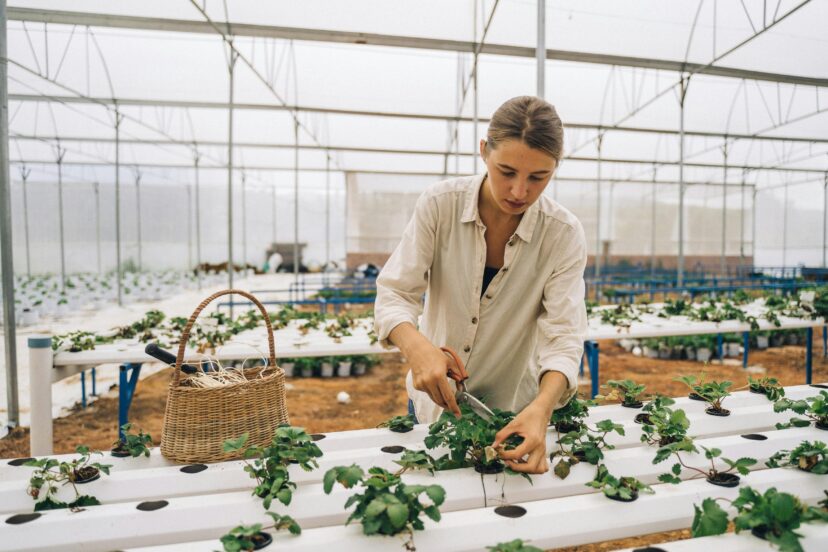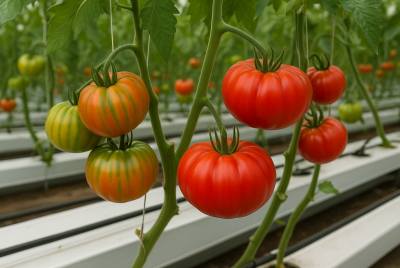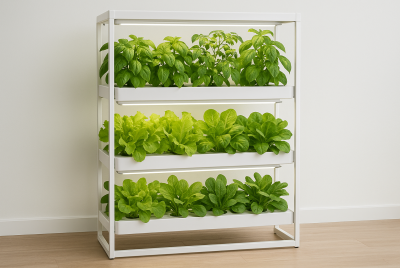What Can You Grow In A Hydroponics Garden?
We may earn a commission for purchases made using our links. Please see our disclosure for more details.
One fascinating way of growing plants without soil is hydroponics, which is more effective and sanitary than traditional gardening. A hydroponics garden can yield a wealth of nutrient-dense crops, regardless of your space constraints or your preference for year-round fresh fruit. The main query, though, is what precisely can be grown in a hydroponic system. The solution is intriguing because a wide variety of plants, including colorful fruiting plants and leafy greens, flourish under this arrangement. Let’s discuss the greatest options and motivate you to begin cultivating greens!
Why Choose Hydroponic Gardening?
Hydroponic farming isn’t limited to experts or tech-savvy gardeners. For those who prefer fresh, homegrown food without having to deal with bugs, weeds, or poor soil conditions, this is a great option. By giving plants direct access to nutrients and water, hydroponic systems foster rapid growth and better yields. This means that no matter the season, you can savor fresh lettuce, succulent tomatoes, or aromatic basil straight from your kitchen. Hydroponics provides a simple, satisfying method of growing if you’ve ever had trouble with conventional gardening.
Leafy Greens: The Hydroponic Superstars
One of the easiest and best crops to grow hydroponically is leafy greens. When I was just starting with a hydroponics garden, I grew romaine lettuce. They grow quickly and lushly because of their shallow roots, which allow them to receive nutrients straight from the water. For instance, lettuce is an excellent option for novices because of its quick growth and consistent yield. In hydroponic gardens, spinach grows well and produces a tender, iron-rich crop that is great for salads and smoothies. Vitamin-rich vegetables like Swiss chard and kale thrive in these systems and are excellent options for a homemade superfood boost.
Herbs That Love Hydroponics
Any meal tastes better with a sprinkle of fresh herbs, and growing them hydroponically means that you always have an abundance available. With its aromatic leaves, basil grows well in hydroponic environments and is ideal for adding to pasta meals or creating fresh pesto. In hydroponic systems, mint grows so quickly that you will need to watch it closely to make sure it doesn’t take over your system. Also excellent options are cilantro and parsley, which enhance the taste and freshness of anything from salsas to soups. Because hydroponic herbs grow quickly and remain fresh for longer, you never have to worry about them fading away before you can utilize them.
Tomatoes: A Hydroponic Staple
If you love homegrown tomatoes, hydroponics offers an incredibly efficient way to grow them. Unlike soil-based gardening, where inconsistent watering can lead to problems like cracking or blossom-end rot, hydroponic tomatoes receive a perfectly balanced supply of nutrients and moisture. Cherry tomatoes are particularly well-suited for hydroponics, producing an abundance of small, sweet fruits. Beefsteak and Roma tomatoes also thrive, giving you options for fresh slicing or making rich, homemade sauces. With a little support for the vines, your hydroponic tomatoes can produce impressive yields all year round.
Peppers: Sweet or Spicy?
Peppers are another fantastic choice for hydroponic gardening, and whether you prefer sweet bell peppers or fiery hot varieties, they will flourish in the right conditions. Bell peppers grow beautifully with the right balance of nutrients, providing a crisp, colorful addition to salads and stir-fries. Jalapeños are a great choice for those who love spice, growing steadily and producing a continuous supply of heat-packed pods. Even habaneros, which require a bit more patience, can be grown hydroponically, offering an exciting challenge for adventurous gardeners. The controlled environment of hydroponics helps peppers grow healthier and more vibrant.
Strawberries: Yes, You Can!
Strawberries might not be the first crop you think of for hydroponics, but they are actually an excellent choice. Unlike traditional strawberry plants that can be vulnerable to pests and soil-borne diseases, hydroponically grown strawberries stay clean and healthy. Everbearing varieties are particularly suited for hydroponic setups, providing multiple harvests throughout the year. Whether you grow them for fresh snacking or making delicious homemade jams, the convenience of picking sun-ripened berries from your indoor garden is unbeatable. With proper care, your hydroponic strawberries can be sweeter and juicier than store-bought ones.
Cucumbers: Crisp and Refreshing
Cucumbers grow exceptionally well in hydroponic systems, producing long, crisp fruits with minimal effort. They do require vertical support since they are vining plants, but once established, they grow quickly and produce an abundant harvest. English cucumbers, known for their smooth skin and mild flavor, are perfect for slicing into salads or snacking. Pickling cucumbers are another great option, giving you the chance to make your own homemade pickles. With consistent nutrient supply and support, hydroponic cucumbers grow straight, unblemished, and full of refreshing crunch.
Beans: Climbing to Success
Green beans and other legumes thrive in a hydroponics garden, producing steady harvests with proper care. Bush beans are an excellent choice for compact hydroponic setups, offering a low-maintenance way to enjoy fresh, tender beans. Pole beans require vertical support but reward you with an extended harvest period. Since beans are nitrogen-fixers, they contribute to a healthy hydroponic system and can be a great addition to your plant rotation. Whether you prefer steaming, stir-frying, or snacking on raw beans, hydroponics ensures a fresh and steady supply.
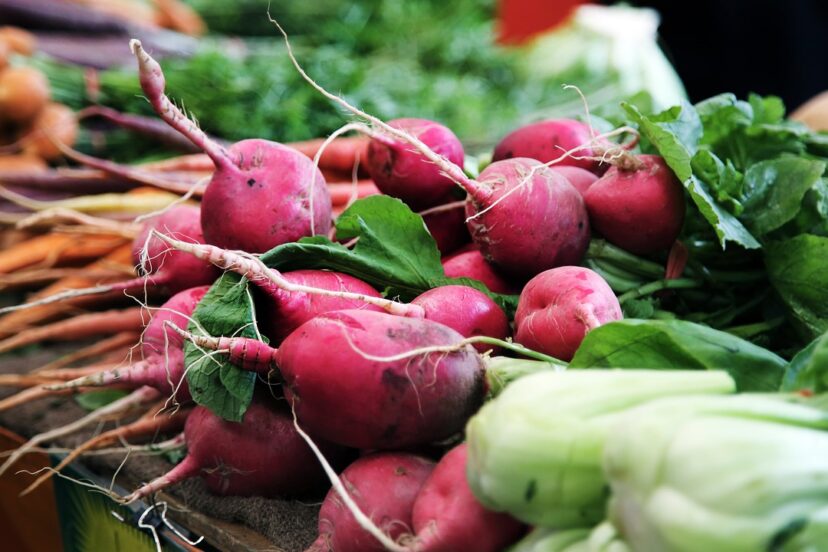
Root Vegetables: A Bit Tricky, But Possible
While most root vegetables prefer soil, some can adapt to hydroponic growing with the right setup. Radishes, for example, grow quickly and don’t require deep space, making them a great beginner-friendly hydroponic root crop. Carrots are trickier but can be grown hydroponically in deep containers that allow their roots to develop properly. Beets, another nutrient-rich option, can be successfully cultivated in hydroponic gardens with enough room for their bulbs to expand. Though root vegetables require more planning, they can still be a rewarding addition to your hydroponic garden.
Leafy Cabbage and Bok Choy
If you enjoy Asian greens, you’ll be happy to know that bok choy and napa cabbage grow wonderfully in hydroponic systems. Bok choy, with its tender leaves and crunchy stems, grows quickly and is perfect for stir-fries or soups. Napa cabbage is another great choice, offering the chance to make homemade kimchi or fresh slaws. Because these leafy greens grow best in cool conditions, hydroponic systems allow you to regulate their environment for optimal growth. They mature quickly, meaning you can enjoy fresh greens much sooner than with traditional soil gardening.
Must-Have Products for Your Hydroponic Garden
To get started with hydroponic gardening, you need the right tools and equipment. Here are some essential products to help you grow healthy and thriving plants in your hydroponic setup.
1. Hydroponic Growing Systems
- Kraky Hydroponic System – Perfect for beginners, no electricity required.
- DWC (Deep Water Culture) Kit – Suitable for growing herbs and leafy greens.
2. Grow Lights
- LED Full-Spectrum Grow Light – Mimics natural sunlight for year-round growth.
- T5 Fluorescent Grow Light – Energy-efficient and perfect for seedlings.
3. Nutrients and Supplements
- General Hydroponics Flora Series – A complete nutrient solution for all plant types.
- pH Up & Down Kit – Essential for maintaining proper water pH balance.
4. Growing Mediums
- Clay Pebbles – Provides excellent root support and aeration.
- Rockwool Cubes – Great for starting seeds in a hydroponic system.
- Coconut Coir – A natural, eco-friendly option for hydroponic growing.
With the right products, your hydroponic garden will thrive, giving you fresh, homegrown produce all year long!
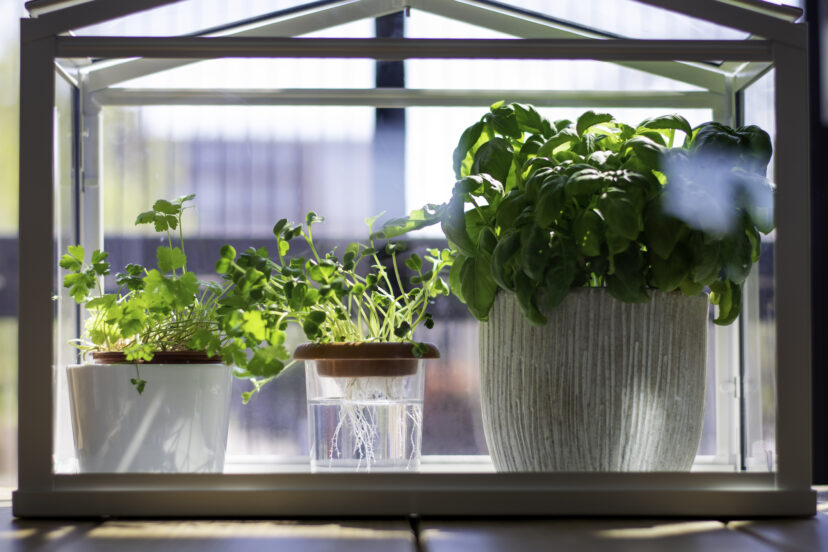
Scientific Insights on Hydroponic Growth Efficiency
Hydroponic systems have been widely studied for their efficiency in enhancing plant growth and nutrient uptake. Research published in Frontiers in Plant Science highlights the versatility of hydroponics in studying nutrient allocation and plant responses, demonstrating its effectiveness in controlled environments. Similarly, a study on lettuce cultivation examines how optimizing hydroponic variables can significantly improve yield and marketability, emphasizing the importance of environmental control in maximizing crop production. These studies underscore the potential of hydroponic gardening to revolutionize modern agriculture by offering sustainable and efficient growing methods.
Final Thoughts
A hydroponics garden opens the door to a world of possibilities, allowing you to grow a variety of fresh, delicious produce no matter the season. Whether you’re interested in crisp greens, juicy tomatoes, or fragrant herbs, hydroponics offers a rewarding way to garden with minimal space and effort. The best part? You can start small and expand as you become more comfortable with the process. Once you experience the ease and efficiency of a hydroponics garden, you’ll wonder why you didn’t start sooner.
FAQs
1. What is the easiest crop to grow in a hydroponics garden?
Lettuce is one of the easiest and most reliable crops to grow hydroponically, making it perfect for beginners.
2. Can I grow root vegetables in hydroponics?
Yes, though they require special setups. Radishes work well, while carrots and beets need deeper containers.
3. What is the normal rate of plant growth in a hydroponic system?
Plants generally grow 30-50% faster in hydroponic systems compared to soil because they receive direct access to nutrients.
4. Do hydroponic plants taste different?
No, they often taste fresher and sometimes even more flavorful due to the controlled growing conditions.
5. What’s the biggest advantage of a hydroponics garden?
It allows for year-round gardening, faster growth, and better space efficiency, making it perfect for urban growers and small spaces.

